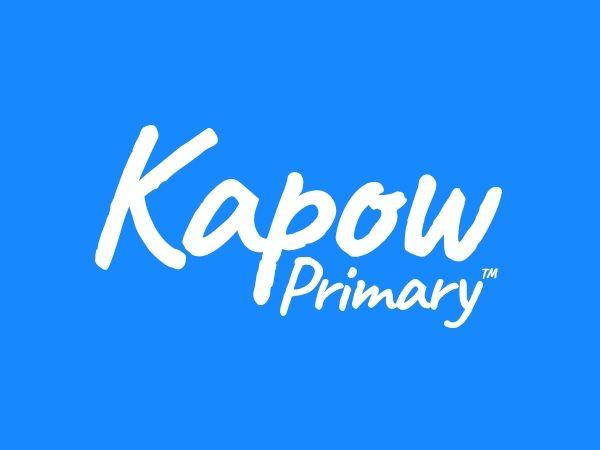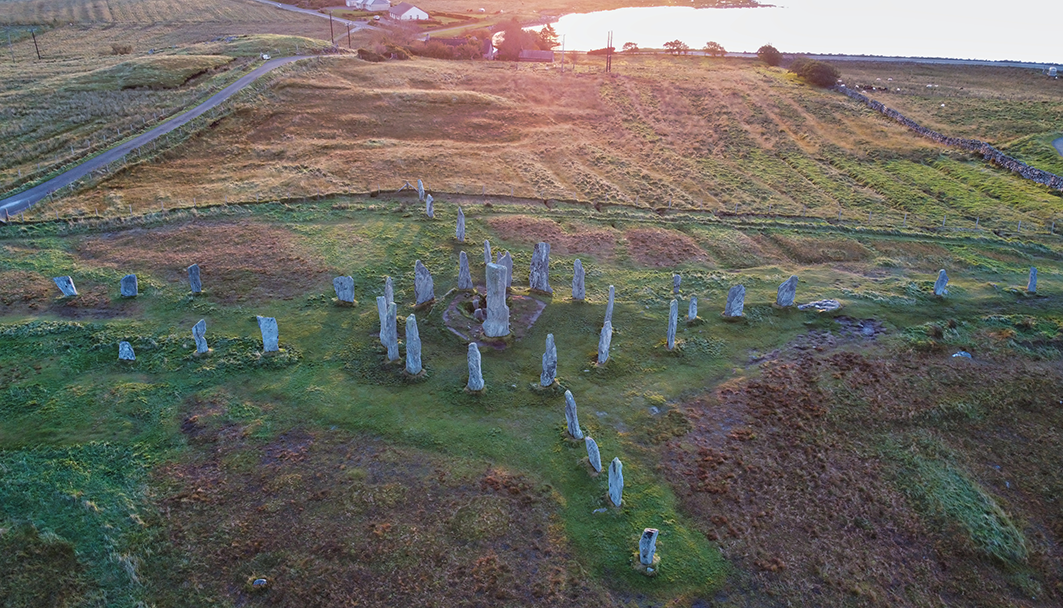Learning objective
- To evaluate information about Buddhist, Hindu and Sikh scriptures.
Success criteria
- I can talk
This content is for subscribers only. Join for access today.
Religious Education Council Curriculum Framework for RE in England (non-statutory guidance):
- A1: Describe and make connections
This content is for subscribers only. Join for access today.
Cross-curricular links
English
Reading – comprehension
Pupils should
This content is for subscribers only. Join for access today.
Before the lesson
This content is for subscribers only. Join for access today.
Lesson plan
Recap and recall
Display the Presentation: Anagrams and ask the children to unscramble some of the key vocabulary they used last lesson: holy – Related to God or religion, considered special and to be respected by followers. sacred – Something that is greatly respected and treated with care, especially in religious contexts. represent – Depict something using an…
This content is for subscribers only. Join for access today.
Extended-mode explainer videos
How to extend your display to view the lesson page and preseantion mode simultaneously. Choose your operating system below to watch the video
If you need further support with extending your display,
please contact [email protected].
Extended-mode explainer video: For Mac
Extended-mode explainer video: For Windows
Adaptive teaching
Pupils needing extra support
Could choose one source from the Sikh or Hindu worldview at each table to focus on; could use the Knowledge organiser during the Wrapping up.
Pupils working at greater depth
Could identify similarities between Sikh and Hindu scripture by circling connected words and information in a colour; could explain how religious texts might be different to non-religious texts.
This content is for subscribers only. Join for access today.
Assessing progress and understanding
Pupils with secure understanding indicated by: explaining the difference between evidenced or
This content is for subscribers only. Join for access today.
Vocabulary definitions
-
Baghavad Gita
A Hindu scripture.
-
Buddhist Canon
A collection of Buddhist scriptures, which includes the teachings and philosophies of the Buddha.
This content is for subscribers only. Join for access today.
In this unit
Assessment - R&W Y4: What makes some texts sacred?
Lesson 1: How do people record beliefs without words?
Lesson 2: What can we find out about scripture?
Lesson 3: What does it mean if scripture was revealed or remembered?
Lesson 4: Why do some worldviews have more than one book of scripture?
Lesson 5: How do some people demonstrate the value of scripture?
Lesson 6: How do sacred texts play a part in some people’s lives?
Year 4: How is Christmas part of a bigger story?





